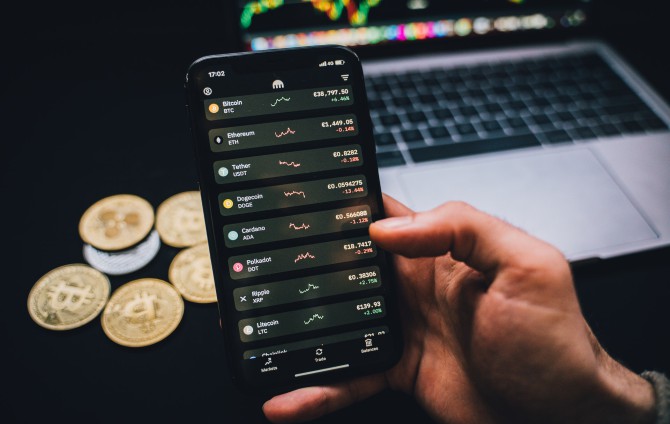
What is Term P2P
P2P (Peer-to-Peer) refers to a decentralized network model where participants (peers) interact directly with each other to share resources, data, or services without relying on a central authority or intermediary. In the context of technology and finance, P2P has several applications, including file sharing, computing, and financial transactions.
Key Features of P2P Systems
- Decentralization: P2P networks distribute tasks or data across multiple participants, eliminating the need for a central server or authority.
- Direct Interaction: Peers communicate and exchange resources directly with each other.
- Shared Responsibility: Each participant (peer) contributes to the network by sharing their resources (e.g., computing power, data, or financial assets).
- Scalability: P2P networks can grow organically as more peers join, increasing the network's capacity and resilience.
Applications of P2P
1. File Sharing
- Platforms like BitTorrent use P2P to enable users to share files directly with others, reducing server costs and speeding up file distribution.
2. P2P Lending
- In financial services, P2P lending connects borrowers directly with lenders, bypassing traditional banks. Examples include platforms like LendingClub and Prosper.
3. Cryptocurrency and Blockchain
- Cryptocurrencies like Bitcoin and Ethereum operate on P2P networks where transactions are validated by nodes without a central authority.
- P2P crypto exchanges allow users to buy and sell cryptocurrencies directly with each other, often offering more privacy and flexibility than centralized exchanges.
4. P2P Payments
- Payment platforms like Venmo or PayPal use P2P functionality to facilitate direct money transfers between individuals.
5. Decentralized Applications (DApps)
- Many DApps on blockchain networks use P2P protocols to ensure that their operations are decentralized and resilient.
Advantages of P2P
- Resilience: The distributed nature of P2P networks makes them more resistant to outages or attacks.
- Cost Efficiency: By removing intermediaries, P2P systems often reduce costs for users.
- Privacy: Direct interaction between peers can offer greater privacy compared to centralized systems.
- Scalability: Networks can expand seamlessly as more peers join.
Challenges of P2P
- Security Risks: Without centralized oversight, P2P networks can be vulnerable to fraud or malicious activities.
- Regulation: In financial and legal contexts, the decentralized nature of P2P can pose challenges for regulation and enforcement.
- Quality Assurance: In a decentralized system, ensuring consistent quality and trust can be difficult.
P2P in Cryptocurrency Trading
In the context of cryptocurrency, P2P exchanges enable users to trade directly without the need for intermediaries like traditional exchanges. These platforms often provide:
- Escrow Services: To ensure secure transactions between buyers and sellers.
- Local Transactions: Enabling users to trade crypto in their local currencies.
- Privacy: No centralized authority storing or controlling user data.
Examples of popular P2P crypto exchanges include LocalBitcoins, FinounceP2P, and Binance P2P.
P2P systems are a cornerstone of decentralization, empowering individuals with direct control and fostering a more equitable digital ecosystem.
